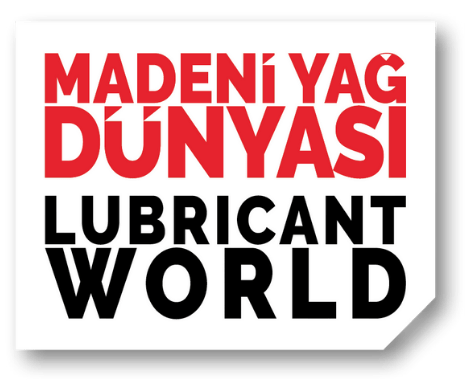While gasoline and diesel engine oils, also called engine or crankcase oils, perform important and obvious functions such as reducing friction and wear on moving engine parts, they also help remove heat, keep parts clean and prevent corrosion. These oils are formulated using base oils of crude oil (mineral) origin or, more recently, synthetic (olefin or ester) base oils and various additives that can be added up to 20% of the oil (by volume) (Lynch, 2008).
These oils, although most of them are hydrocarbon-based, can also contain a wide variety of metals. Metals in new engine oils can potentially be:
1) Natural metals found in crude oil feed stocks,
2) Metals found in catalyst residues used during refining,
3) Metals found in various lubricant additives (Speight, 1991).
Commonly used metal-containing additives include calcium or magnesium salts and zinc dialkyl dithiophosphate (ZDDP), used for corrosion/oxidation prevention (Bardasz and Lamb, 2009). Among these, ZDDP has been among the engine oil additives that have been widely used for more than 60 years (McDonald, 2009).
Used engine oils, compared to new oils, in addition have the following;
1) Lead resulting from unburned leaded gasoline contaminating lubricating oils due to piston explosion during their use,
2) Other metals produced during their use, including various engine wear metals.
These metals include those that can mix with oil through physical wear or chemical leaching, such as iron, copper, chromium, manganese, nickel, zinc, aluminum, tin and lead.
Five of these metals are among the most common wear metals: iron, the primary metal used in engine parts; lead, tin and copper found in alloy bearings and aluminum, which is increasingly used in metal parts of new (lighter) vehicles to reduce weight for better fuel economy (Rizvi, 2003). In addition, wear metal concentrations in used engine oils gradually increase with operating time (Vazquez-Duhalt, 1989).
The “Public Research Support Group (KAMAG) 1007 – CREATION OF THE CONTROL AND MONITORING SYSTEM OF WASTE LUBRICANTS” Project, which is a reference for Türkiye on a national representative basis, has also revealed findings regarding the metal concentrations in waste engine oils.
Within the scope of the project, 200 waste engine oil samples from passenger cars, light commercial vehicles, trucks and buses of various ages were examined. The results generally showed that heavy metal concentration was at the level of 1-2 ppm for arsenic, 0.1-1 ppm for cadmium, 1-90.4 for chromium and 1-577 ppm for lead (Pb > Cr > As > Cd).
Chromium and lead concentrations increase significantly, especially in passenger cars over fifteen years old. The reason for this is that lead precipitates left over from leaded fuels used in old vehicles in the past are mixed into waste oils. However, polychlorinated biphenyls (PCBs), which have been defined as persistent organic pollutants since 2001, have never been encountered (Pelitli et al., 2017).
In conclusion, waste engine oils can contain metals in a wide range of concentrations, both due to the metals contained in new oils and the metals released during their use (for example, wear metals and lead in the case of leaded gasoline).
For this reason, the only effective way to protect environmental resources in the management of waste engine oils is to collect these oils and recycle them in a controlled manner. However, when evaluating raw material recovery or incineration alternatives, metal emissions and toxic waste by-products that may occur must be taken into consideration. However, the presence of heavy metals along with hydrocarbons also has great potential in determining the fingerprints of oils.
References:
Lynch, T. R. 2008. Process chemistry of lubricant base stocks. Boca Raton, FL: CRC Press, 369.
Speight, J. G. 1991. The Chemistry and Technology of Petroleum, 2nd Ed. New York: Marcel Dekker, Inc., 760.
Bardasz, E. A. and Lamb, G. D. 2009. Additives for crankcase lubricant applications. In: Rudnick, L. R., Ed., Lubricant additives: Chemistry and applications, 2nd Ed., Boca Raton, FL: CRC Press, 457–491.
McDonald, R. A. 2009. Zinc dithiophosphates. In: Rudnick, L.R., Ed., Lubricant additives: Chemistry and applications, 2nd Ed., Boca Raton, FL: CRC Press, 51–62.
Rizvi, S. Q. A. 2003. Additives and additive chemistry. In: Trotten, G. E., Ed., Fuels and lubricants handbook: Technology, properties, performance, and testing. ASTM Manual Series, MNL37WCD, ASTM Int’l. PA: West Conshohocken, 199–248.
Vazquez-Duhalt, R. 1989. Environmental impact of used motor oil. Sci. Total Environment 79:1–23.
Pelitli, V. et al. 2017. Waste oil management: Analyses of waste oils from vehicle crankcases and gearboxes. Global Journal of Environmental Science and Management 3: 11-20.




